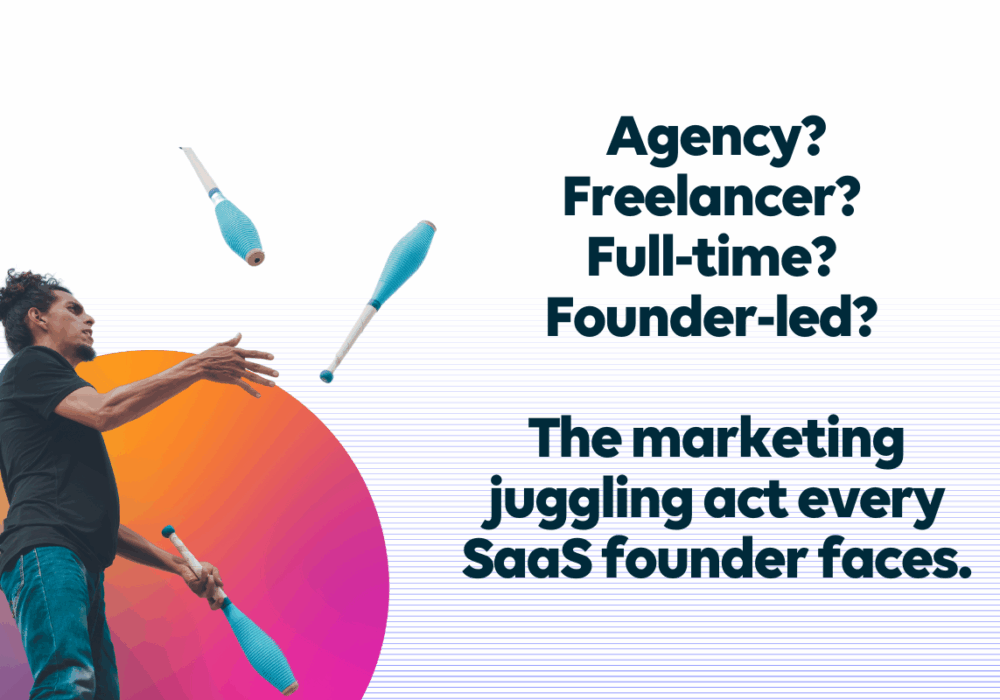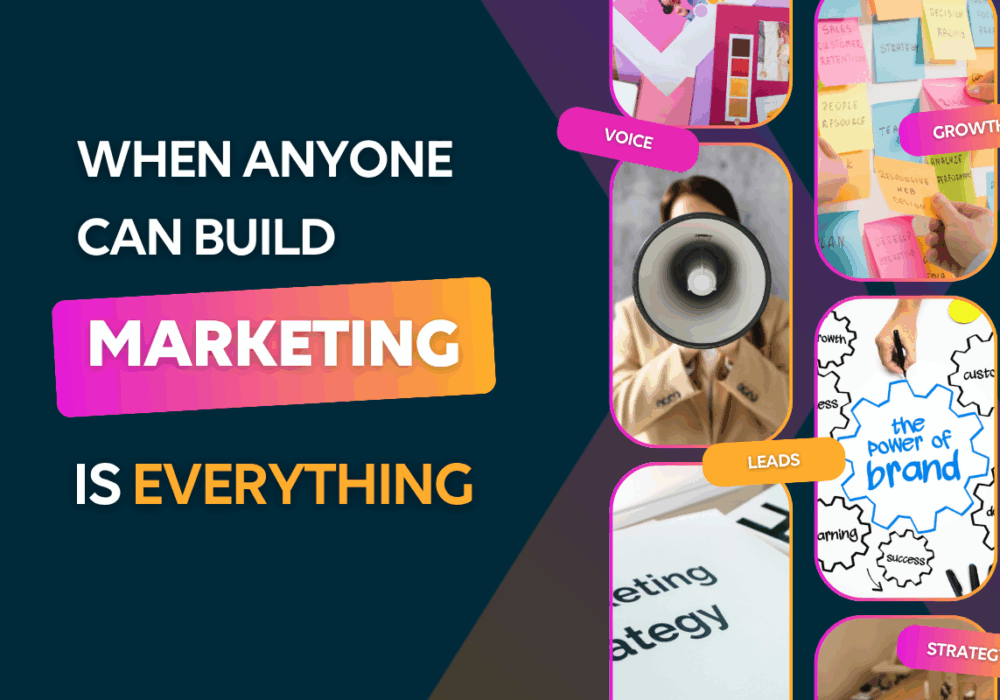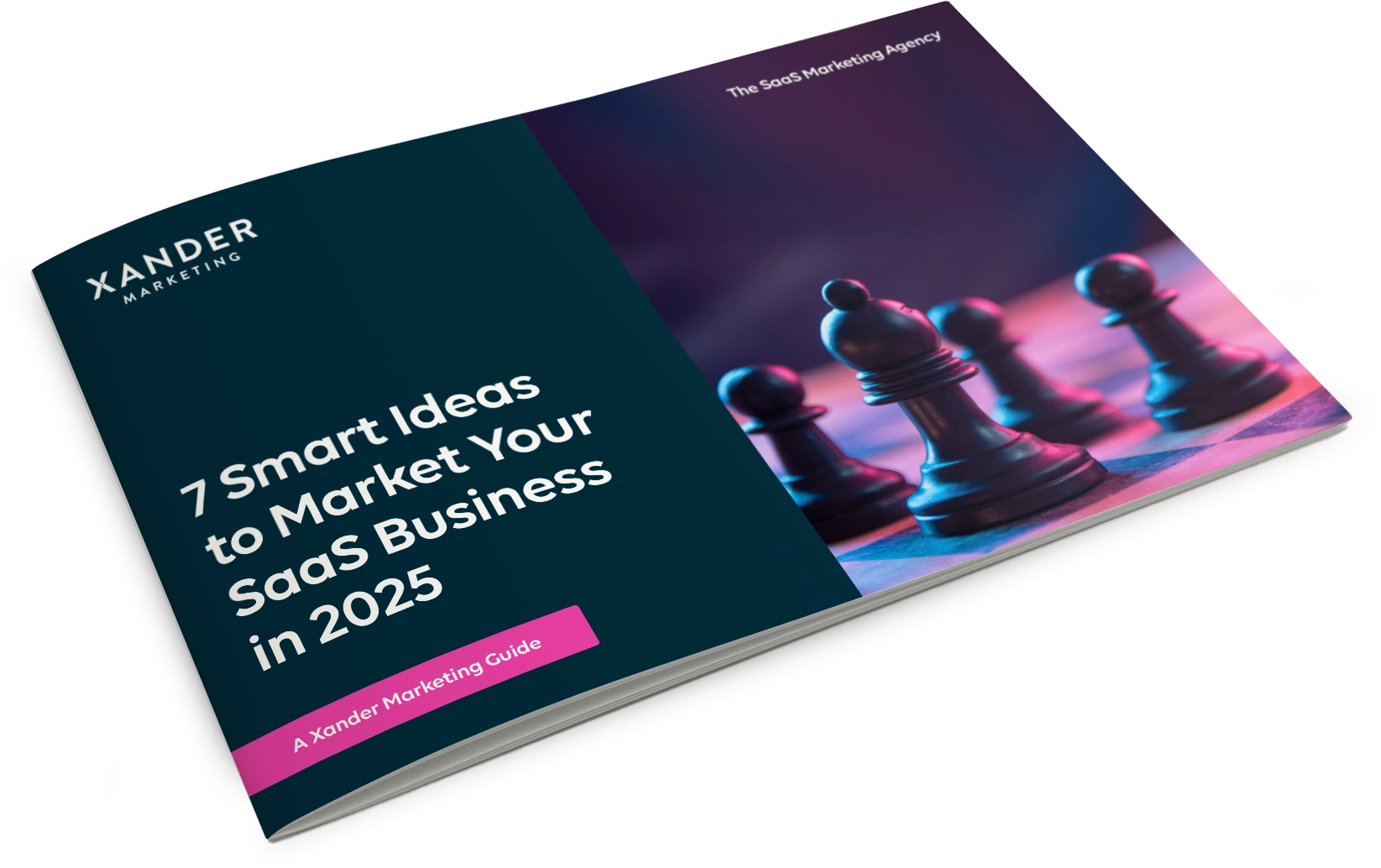Getting Customers Onboard: 6 Stages to Ensure Your SaaS Free Trial Converts
22nd July 2019
For SaaS businesses, providing a free trial is one method of enticing potential users to adopt your software short term. The ongoing challenge is to then convert these new leads into paying customers.
Once a user has experienced the benefits of your product during a provisional period, the hope is that they will automatically wish to become a fully paid-up member. But is your business making the most of the opportunity to turn a demo into a devotee?
The good news is that there are plenty of ways to actively increase the chances of your trial users opting in to a paid subscription. In this article are some key strategies to help turn your curious signups into converted customers as we explore how to increase the effectiveness of your SaaS onboarding process.
Need help with your SaaS onboarding? Talk to us today. Find out more about our onboarding services or book your free 30 minute consultation.
1. First Steps: Strategic Thinking
Your SaaS onboarding strategy should be working hard to generate interest in trial versions of your software, and then maximising the likelihood that these leads can be converted into paying customers. Getting this strategy right in the early stages of planning will produce the best results long term.
Optimising your conversion rate is key; after all, free trials are a great tool for bringing in new leads, but they are not the end goal in themselves. In order for your business to expand, the effort you expend into generating free signups needs to successfully equate to paying subscribers. Creating a strong SaaS onboarding strategy up front is the first step towards making conversions a reality.
Outlining what you expect to achieve from offering a product demonstration will help to focus your aims. Define the conversion rates that you are looking to attain based on industry and product research, and monitor statistics and track results.
TIP: Be realistic about your expectations for conversion. How will you define the success of your trial? Aim for the level of new sales leads or full conversions that you feel provides the right return on investment for your budget.
Identifying key milestones in the conversion journey will help keep all elements of your campaign focused on turning a new website visitor into a fully-fledged customer. At what point is the most value delivered? Each SaaS experience is likely to involve a crucial ‘Eureka’ moment or function that if undertaken, is likely to increase engagement or trigger the desire to purchase. Pin pointing the features that motivate customers to convert will allow you to base your SaaS onboarding strategy and in-app content around these stages, creating a more compelling customer experience.
To be certain your SaaS onboarding strategy is working at its optimum level, always revisit the core messages and strengths of your SaaS product, ensuring that the key benefits are at the heart of your promotional efforts. Focus on how your software solves a problem, increases efficiencies or reduces costs, and how your trial process is communicating these.
2. Creating Leads: Sign On the Dotted Line
With your SaaS onboarding strategy in place, getting your product in front of the right end user is only the first step towards growing your SaaS audience. A free trial will encourage further interaction with your software and first-hand understanding of the solutions it offers, but just how easy is it to get a visitor to commit to signing up?
In persuading a new prospect to activate a product demonstration or trial, you’ll need to identify your USP, drawing attention to the features that are most likely to act as incentives for signup. Focusing on the sought after elements that will to lead to a sales conversion will allow you to avoid wasting time promoting areas which are of less interest or value to your target audience. By promoting the aspects which offer convenience, performance or innovation, you’ll motivate the visitor to experience the advantages of your product for themselves.
When the decision has been made to become a triallist, keep your signup process as simple as possible in order to minimise loss of interest, as the more fields there are to complete, the higher the chance of your visitor abandoning the form. Social signups are a quick and easy way to reduce the steps involved, with prospects logging in via their social media accounts.
TIP: Bear in mind that some visitors may be wary of providing personal or contact information online, and as such, a short statement of how data will or will not be used can provide reassurance and demonstrate to clients that you value their safety and take security seriously.
The content of your website should support the main objective of generating signups and conversions. Pages for these processes should be prominent within the layout of the site, and should be as straightforward to use as possible, free of any conflicting messages or alternate calls to action other than starting or upgrading a subscription. The advantages of using the service should be clearly highlighted, while testimonials will add authority and reliability, and reinforce a feeling of consumer positivity.
3. Refining Software Performance: Make Sure it’s Clear What to do Within Your Software
Giving something away should be easy, but if your free trial isn’t straightforward to join, clean and intuitive to use and doesn’t comprehensively display the perceived benefits, conversion rates will be affected. Regularly testing and revising your system will keep the focus on maintaining and increasing the interest of new prospects.
Is your trial process as efficient as it could be in order to gain maximum returns? Reviewing how your trial is operating and examining the journey that new users take as they discover your brand and your software is an essential component of building the best possible structure for conversions.
When a new user logs in, they should be provided with a tour of the product, highlighting the useful and interesting tools they have at their disposal. There should also be clear shortcuts to upgrade to a paid subscription, with reminders that they are using a trial version.
In-app software, based on behaviour, will allow you to tailor calls to action and increase conversions. For example, messages may be relevant to those who are logging in after a certain period of inactivity, or those who appear to require technical help. Generic announcements can also be made, such as highlighting new features or providing overviews of key benefits.
Testing and implementing different variations of the trial itself shouldn’t be overlooked. For example, is the trial period the right length? Experimenting with shorter or longer timeframes can bring different results in how people respond to the software, and affect their desire to purchase.
TIP: Examine your sales funnel, noting how many potential customers are dropping out at key points. Are there additional strategies that could be employed to encourage them to stay in the chain?
4. Capturing the Audience: Communication is Key
With your trial generating new signups, conversions can be won or lost with ongoing customer service and promotional messages. Once a triallist is using your product, the lines of communication are open, allowing you the option of email and personal contact targeted towards generating a sale.
When prospects opt-in to try your service, you are granted a window of time in which to communicate with them directly, in order to enrich their trial experience, offer technical support, and essentially, steer a prospect towards a paid subscription.
An autoresponder email campaign should offer clear instructions on how to set-up and use the demonstration software, with handy pointers on getting the most out of the various functions. Links can be sent to instructional videos, or downloads to written guides and tutorials, and follow-up calls can be made to gauge where the user is on the journey towards buying. The next level is to send emails based on user behaviour within the software.
The right software can help in automating your SaaS onboarding process, with products such as market leader Intercom allowing you to manage the way in which customers are contacted based on their behaviour. In this way, customers can be sent specific messages depending on their levels of activity, and where they are on the in-app journey.
Emails, live chat and on-screen messages can all be triggered to respond differently to different user types, such as those who are very active, compared to those who haven’t logged in for several days. Automating your communications will allow you to send the right prompts at the right time, anticipating the frame of mind of your customer and better meeting their needs. If you’re adding value with behaviour relevant communications each time they hear from you, your customer will be more inclined to upgrade.
TIP: The offer of further training is another way to engage with users, delivering online sessions or webinars designed to increase knowledge of the software and its capabilities. The more proficient and active a user becomes on the platform, the more likely it is that they will grow to appreciate its place in their daily lives, a familiarity which motivates conversions.
Your communication campaign also stands as an opportunity to introduce the principle of ‘growth hacking’, particularly if there is a collaborative element to your software. For example, in-app messages could be targeted at team members, or email marketing could focus on inviting colleagues to also experience the trial. Incentives for recommending a friend can also be employed in the form of offering additional features or extending subscriptions.
5. Building Customer Loyalty: Your Branding Can Increase Conversions
Each and every time a visitor interacts with your website, your staff, and your content, you are being presented with an opportunity to convert them into a paying customer.
The ways in which consumers engage with brands is rapidly changing; the decision to buy is no longer as simple as researching SaaS products, or even running a trial version, but is influenced by each interaction a triallist has with your company and the material that you produce.
During the demo process, your consumers are likely to visit your blog and website, or follow you on social media platforms, providing an opportunity to be an active presence in their online sphere, reaching them with further content and building a rapport that goes beyond the hard sell.
TIP: Remain on the radar of your target demographic via social media and your wider marketing channels. This will support both your onboarding and client retention processes, encouraging consumers to become more attached to your brand, and therefore more likely to buy from you.
6. Second Chances: Don’t Say Goodbye to Non-Customers
Whilst the aim of offering a trial session is to result in a sale, there is still work to be done when a user decides the software isn’t for them. Building the right post-demo communication strategy can help to gain insight and correct mistakes that are delaying or halting conversions.
Gaining feedback from those who have completed a trial is an essential way to receive invaluable data on what’s working, and what isn’t. Finding out why someone didn’t wish to continue their subscription is an important step towards fixing any issues that might be preventing conversions. This information can be collated through the completion of a survey, or by making a personal call.
For those who don’t rush to renew their trial with a paid subscription, extending their free period or giving a discount code can act as a goodwill gesture that builds confidence in your brand. Offering additional time to evaluate the software further may allow the user to find a function they didn’t know about, or to understand its benefits more fully. Providing a second chance prompts the user to question whether they are ready to dismiss the product, and may lead to a considered purchase.
TIP: Checking in with a triallist by telephone after a trial is a polite way to find out if they require any further assistance, or to enquire how their experience may have been bettered.
Summary
An introductory offer is a powerful marketing tool for SaaS companies, allowing customers to experience the software’s benefits in action, envisaging how it could make a difference to their work or leisure time by the act of doing. Allowing a user to become familiar with a platform creates a connection, and when complemented by a campaign of targeted content and customer service, the process can encourage brand awareness and loyalty. With the opportunity to convert these sessions into purchases or paid subscriptions, the humble free trial can prove to be priceless.
Want further expert advice on optimising your SaaS onboarding for conversions from industry insiders? Xander Marketing has the skills to create the right strategy for your SaaS business, allowing you to put your marketing needs in our capable hands. Contact us now to enjoy new leads, increased uptake of your free trials and higher conversion rates.
Find out more about our onboarding services here or book your free 60 minute consultation.





